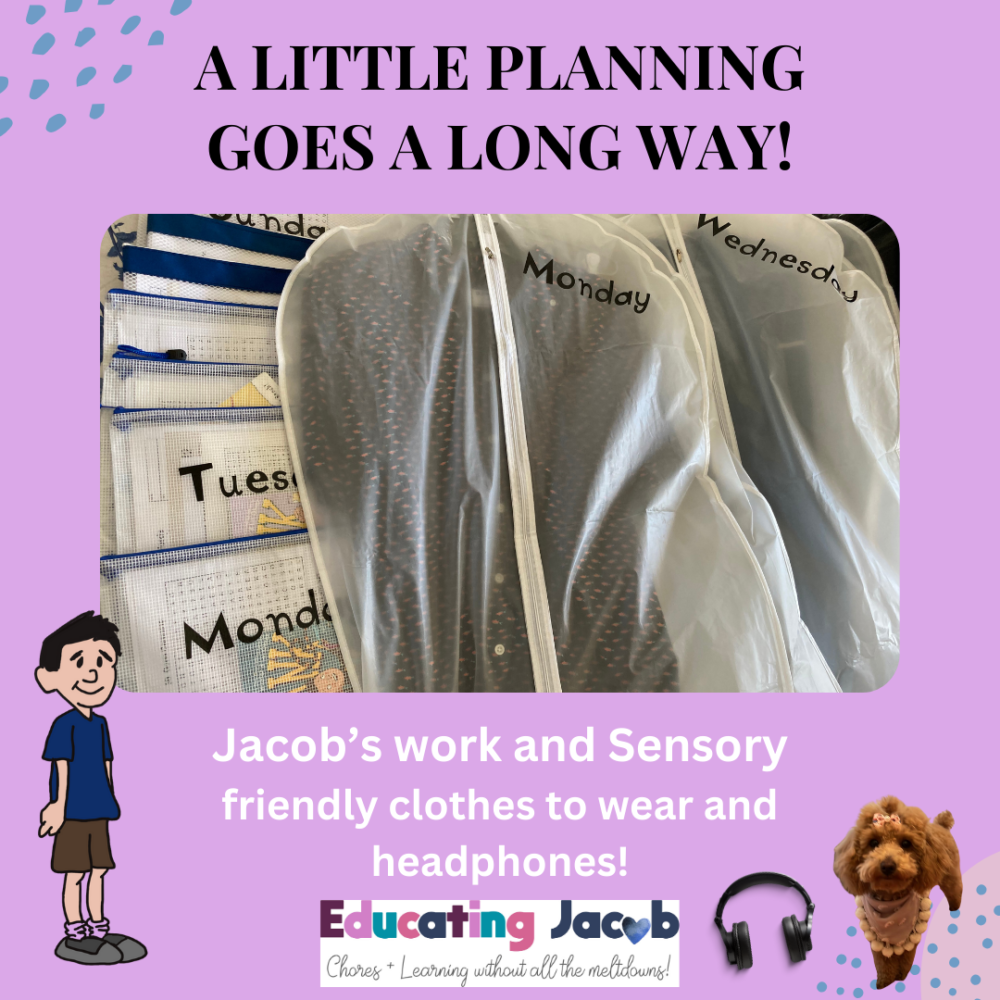Educating Jacob: The Power of Communication in Autism Spectrum Disorder
Communication in Autism Spectrum Disorder

Communication in autism spectrum disorder plays a vital role in our Jacob’s ability to express himself. In our daily lives with Jacob, schedules allow us to communicate with him, connect him with others, and navigate the world around him.
Autism Spectrum Disorder (ASD) is a developmental disorder that affects communication and social interaction skills, making it difficult for those with ASD to effectively express their thoughts, feelings, and needs.🌟
The Challenge of Communication in Autism
For my son Jacob, communication has always been a significant hurdle. From a young age, he struggled to convey his needs and emotions, leading to frustration and meltdowns. As parents of children with autism, we understand the heartache of seeing our children struggle to be understood. 💔 But there is hope and immense power in finding the right tools and strategies to help them communicate.
Methods of Communication in Autism Spectrum Disorder
There are various methods and strategies that can help individuals with ASD enhance their communication skills, fostering greater independence, understanding, and inclusion. Here are some of the tools that have made a difference in Jacob’s life:
AAC Devices
Augmentative and Alternative Communication (AAC) devices have been game-changers for many children with autism. These devices range from simple picture boards to sophisticated speech-generating devices. 🗣️🔊
Jacob used Proloquo2Go on his iPad, but we couldn’t get him to use it consistently, so simple visual schedules and ASL were the winners for us!
Sign Language

Sign language is another powerful tool. Teaching Jacob sign language not only helped him communicate his needs but also reduced his frustration. The physical act of signing gave him an alternative way to express himself when verbal communication was challenging. 🤟
The act of signing allowed Jacob to speak the words we were signing without overwhelming him with language. We were speaking with our hands, and since he understood the signs, he was happy and avoided emotional meltdowns—a win-win! 3 ways American Sign Language helped my son with autism speak in short sentences?
Social Stories
Social stories have been instrumental in helping Jacob understand social cues and navigate different situations. These personalized short stories describe social situations and appropriate responses, giving Jacob a script to follow and easing his anxiety. 📖🧩
We use social stories and videos for everything—going to the dentist, doctor, or vacation. Social stories, pictures, visual schedules, and movies are immediately understood by Jacob and are enjoyable for him!
Independence and Communication in ASD
For Jacob, every new way he learns to communicate opens up his world a little more, fostering greater independence and inclusion. 🌍💬
Breaking Barriers with Communication
Join us as we delve into the transformative power of communication for those on the autism spectrum. From AAC devices to sign language to social stories, there are a multitude of tools and techniques that can empower individuals with ASD to communicate effectively and have their voices heard. By exploring and implementing these strategies, we can help our children break barriers and thrive in their own unique ways. 🌈💪
Challenges Faced by Individuals with ASD in Communication
Individuals with Autism Spectrum Disorder often face a range of challenges when it comes to communication. These challenges can vary in severity and can significantly impact an individual’s ability to effectively express themselves and engage with others. 🌐🗣️
Non-Verbal Communication
One of the primary communication challenges for individuals with ASD is the difficulty in understanding and interpreting social cues and non-verbal communication. Individuals with ASD may struggle to recognize facial expressions, tone of voice, and body language, which are crucial components of effective communication. This can lead to misunderstandings and difficulties in initiating and maintaining conversations. 😕🤷♀️
Example: For Jacob, this meant missing out on the subtleties of social interactions, often leading to frustration for both him and those trying to communicate with him.
Engaging in Reciprocal Communication
Another common challenge is the ability to engage in reciprocal communication. Individuals with ASD may have difficulty taking turns in a conversation, maintaining eye contact, and responding appropriately to social interactions. This can make it challenging for them to build and maintain meaningful relationships with others. 🔄👀
Example: Jacob often found it hard to keep a conversation going, which sometimes made social interactions feel one-sided or awkward.
Understanding Social Cues in Autism Spectrum Disorder
Additionally, individuals with ASD may have difficulties in understanding and using language effectively. They may struggle with vocabulary, grammar, and the pragmatic aspects of language, such as using language in a socially appropriate manner. This can result in difficulties in expressing their thoughts, feelings, and needs, leading to frustration and isolation. 📚🗣️
Example: Jacob’s language delays meant that even simple exchanges could be challenging, making it hard for him to convey his needs or participate fully in conversations.
Sensory Processing Challenges
Furthermore, individuals with ASD may experience sensory processing challenges that can impact their communication abilities. Certain sounds, textures, or environments may be overwhelming, making it difficult for them to focus on and engage in conversations. 🔊🚫
Example: Jacob found noisy environments particularly challenging, which often caused him to withdraw from social settings.
Communication Strategies for Individuals with ASD
Individuals with Autism Spectrum Disorder (ASD) face a range of communication challenges, but with the right strategies and support, they can develop and enhance their communication skills. Here are some effective communication strategies that have benefited Jacob and can help other individuals with ASD:
Visual Supports

Incorporating visual aids, such as pictures, symbols, or schedules, can help individuals with ASD better understand and express themselves. Visual supports provide a clear and concrete way for them to communicate their needs, preferences, and ideas. 🖼️📊
We use a visual schedule for Jacob to help him understand his daily activities and reduce anxiety. This method has significantly improved his ability to transition between tasks and communicate his needs. Here is good podcast on visual schedules and speech: https://www.iheart.com/podcast/263-slp-coffee-talk-57469512/episode/visual-supports-can-create-predictable-systems-101691070/
Structured Routines and Predictability
Establishing predictable routines and schedules can help individuals with ASD feel more secure and comfortable, which can, in turn, facilitate better communication. By providing a structured environment, individuals with ASD can better anticipate and navigate social interactions. 📅🔄
Jacob thrives on routine. Having a consistent schedule helps him know what to expect each day, making it easier for him to engage in conversations and social activities. Beyond the Chaos: Scheduling 101 Class for Special Needs Children
Simplifying Language
Using clear, concise, and age-appropriate language can help individuals with ASD understand and respond more effectively. Avoiding complex sentences, idioms, and abstract concepts can make communication more accessible and meaningful. 🗣️✂️
Example: We keep our language simple when communicating with Jacob. Short, direct sentences help him understand and respond better, reducing misunderstandings.
Allowing Time for Processing
Individuals with ASD may need more time to process information and formulate their responses. Providing them with ample time to respond, without interrupting or rushing them, can create a more comfortable and supportive communication environment. ⏳🕒
When asking Jacob a question, we give him extra time to think and respond. This patience allows him to communicate more effectively and confidently.
Reinforcing Positive Communication
Positively reinforcing and acknowledging successful communication attempts, no matter how small, can help build confidence and encourage individuals with ASD to continue developing their communication skills. 🌟👍
Positive reinforcement has been key in building Jacob’s confidence.
Incorporating Interests and Passions
Engaging individuals with ASD in conversations about their interests can help them feel more motivated to communicate. Look for ways to provide opportunities for them to share their unique perspectives and experiences. 🎨🚀
Jacob loves talking about movies and music. Incorporating these topics into our conversations keeps him engaged and eager to communicate.
Modeling Appropriate Communication
Demonstrating and modeling appropriate social and communication skills can help individuals with ASD learn and practice these skills in a supportive environment. 📚👨🏫
We use social stories for Jacob, and model taking turns in conversation and using polite language. He prefers movie quotes!
Empowering Communication for All
By implementing these communication strategies, individuals with ASD can develop the skills and confidence needed to express themselves 🌟🗣️
Want more? We are dedicated to sharing our journey and strategies to help other parents navigate the complexities of autism. Download the ebook:👇 https://educatingjacob.myflodesk.com/tfgvkumbkg
